Gluten-free cycling nutrition: you don't need wheat, barley or rye to fuel your rides
May is Celiac Awareness Month, and we're breaking down how to fuel effectively for peak cycling performance while avoiding gluten
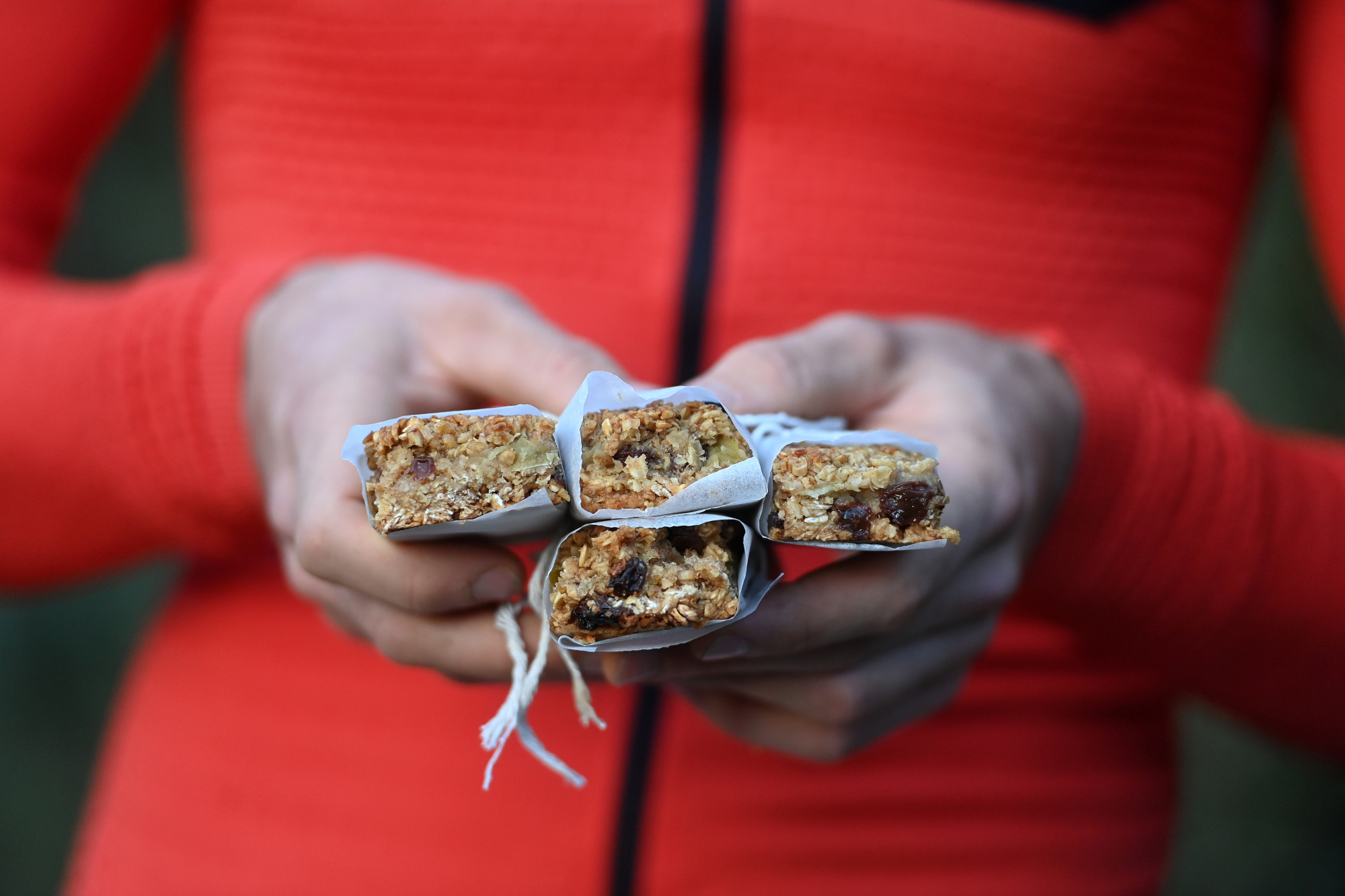

You've dialled in your training plan, fine-tuned your bike setup, and tracked every watt of your performance. But if you're among the growing number of cyclists avoiding gluten, you might be overlooking a crucial element of your performance equation: proper fueling strategies that work with your dietary needs.
As both a nutritionist and a cyclist who's navigated the gluten-free landscape for years, I've seen firsthand how the right nutritional approach can transform performance for those with celiac disease or gluten sensitivity. The good news? You don't need wheat, barley or rye to power your rides effectively.
Many cyclists worry that cutting gluten means sacrificing carbohydrates, their primary fuel source. But with strategic food choices and meal timing, gluten-free athletes can perform just as strongly as their gluten-consuming counterparts. Let's break down what you need to know about fueling properly as a gluten-free cyclist.
What exactly is gluten?

Gluten is a group of proteins found in certain grains, primarily wheat, barley, and rye. For those with celiac disease (an autoimmune condition affecting approximately 1% of the population), consuming even small amounts of gluten can damage the small intestine and impair nutrient absorption. Many others experience non-celiac gluten sensitivity, with symptoms like bloating, fatigue and brain fog that can impact performance.
For cyclists, the digestive issues associated with gluten reactions can be particularly problematic during training and racing. Gastrointestinal distress is already common in endurance sports; add gluten sensitivity to the mix, and you're setting yourself up for mid-ride misery.
Where gluten hides: The surprising sources
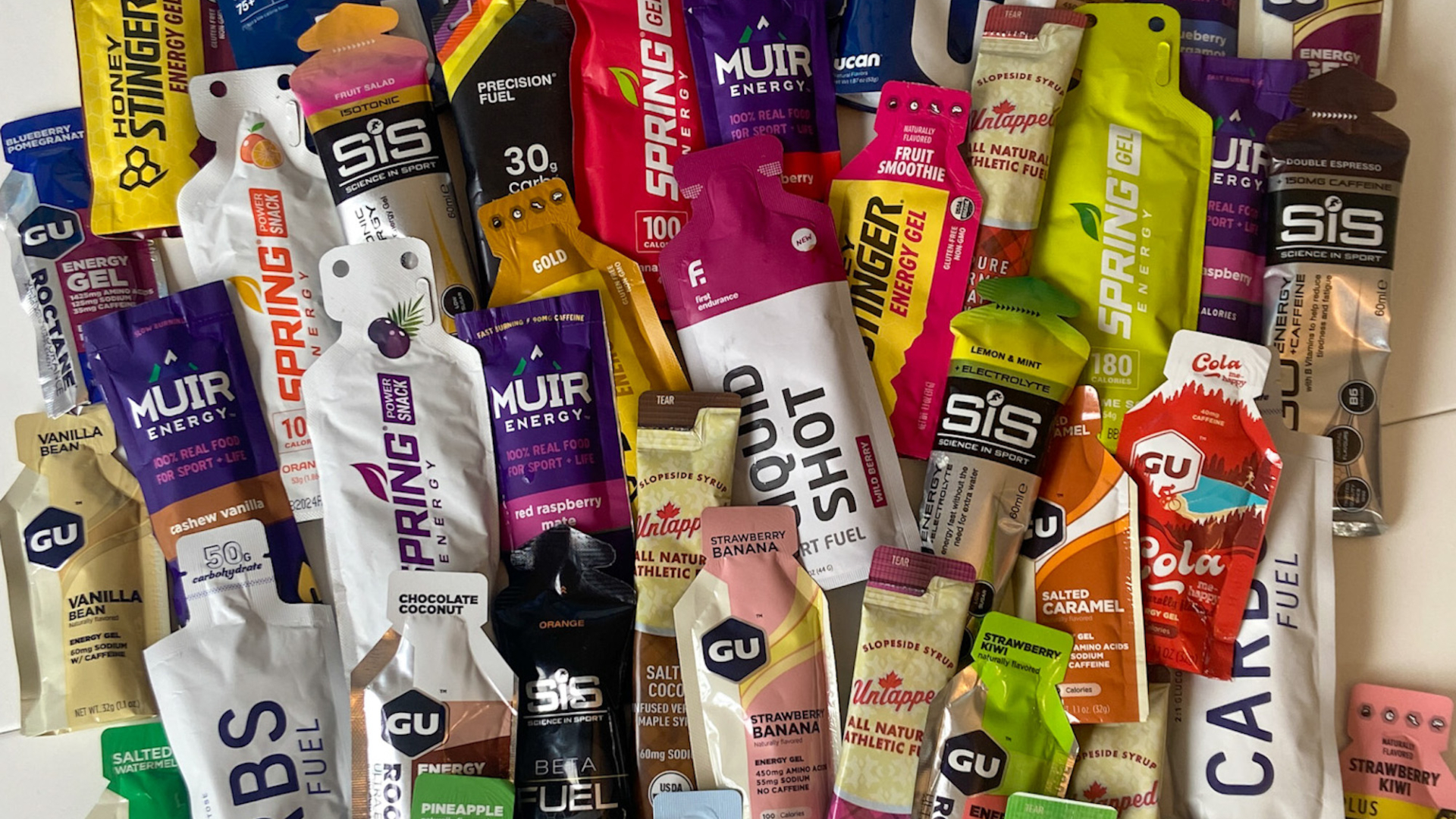
As any gluten-free athlete knows, this protein complex lurks in more places than just the obvious bread and pasta. To truly fuel your cycling effectively, you need to know where gluten might be sneaking into your diet:
- Sports nutrition products: Many energy bars, gels, and recovery drinks contain wheat-based ingredients or are processed in facilities that handle gluten
- Sauces and condiments: Soy sauce, many salad dressings, marinades, and gravies often contain wheat as a thickener
- Processed meats: Some deli meats and sausages use wheat-based fillers
- Supplements: Protein powders and vitamin supplements sometimes include gluten-containing binders
- Beer: The traditional cyclist's recovery drink is typically made with barley
- Cross-contamination: Even naturally gluten-free foods like oats can be contaminated during processing unless they are certified gluten-free
These hidden sources can sabotage performance for cyclists without you realising the cause. Being vigilant about reading labels and understanding ingredient terminology becomes as important as tracking your training metrics.
The latest race content, interviews, features, reviews and expert buying guides, direct to your inbox!
Carb loading without the wheat
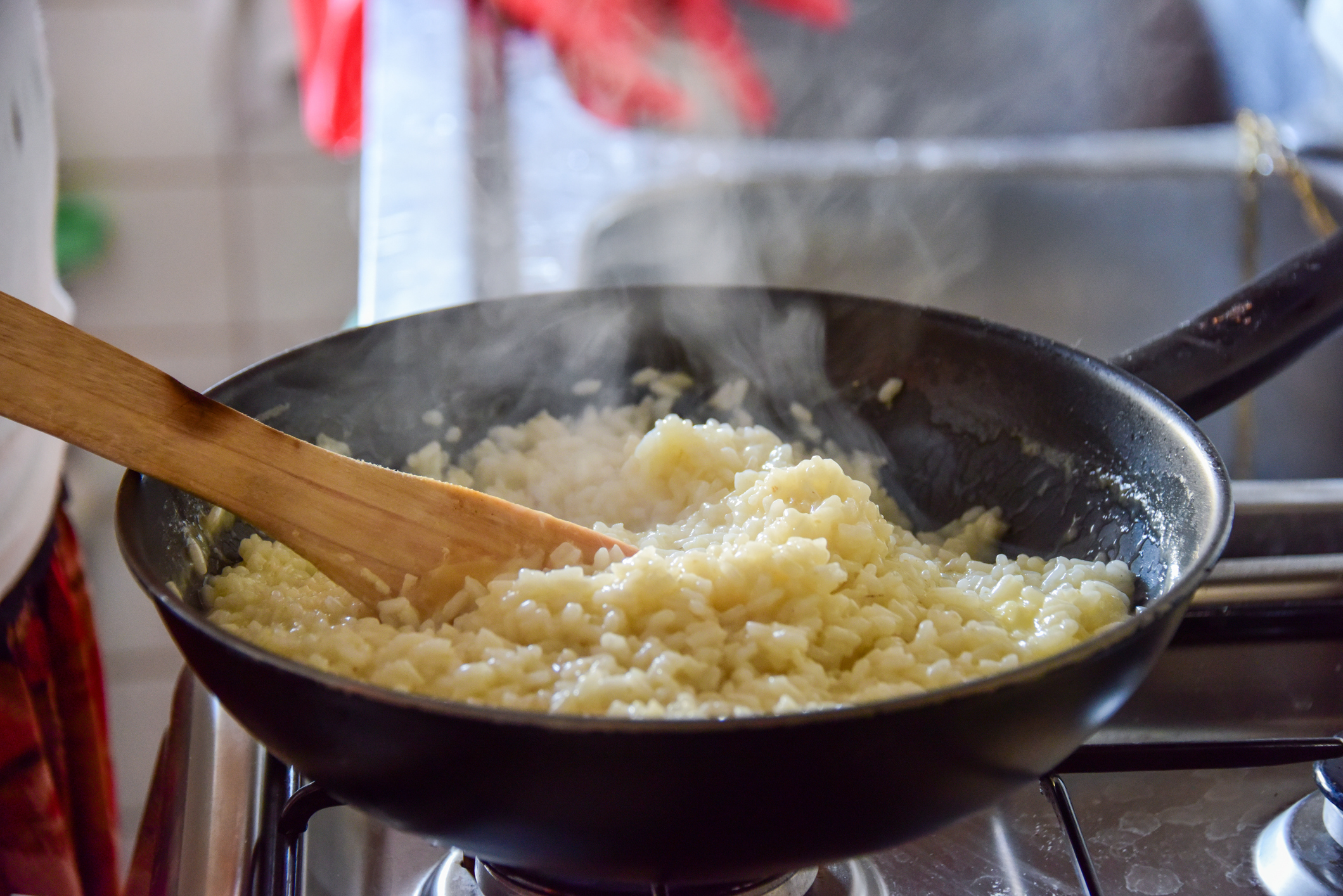
One of the biggest concerns for gluten-free cyclists is how to ingest sufficient carbs before big events. The traditional pasta dinner becomes challenging, but especially these days, effective alternatives abound:
- Rice-based options: Brown rice, white rice and rice noodles provide excellent carbohydrate sources that digest well
- Ancient grains: Certified gluten-free quinoa, amaranth and buckwheat (despite the name, it's not related to wheat) offer carbohydrates plus additional protein
- Root vegetables: Sweet potatoes, regular potatoes and other starchy vegetables provide quality carbohydrates with beneficial micronutrients
- Legumes: Beans and lentils deliver both carbohydrates and protein for sustained energy
The key is planning ahead and potentially increasing your intake of these alternatives to match the carbohydrate content you'd get from wheat-based products. Most gluten-free grains provide comparable energy – they just might require different preparation approaches.
On-bike nutrition strategies
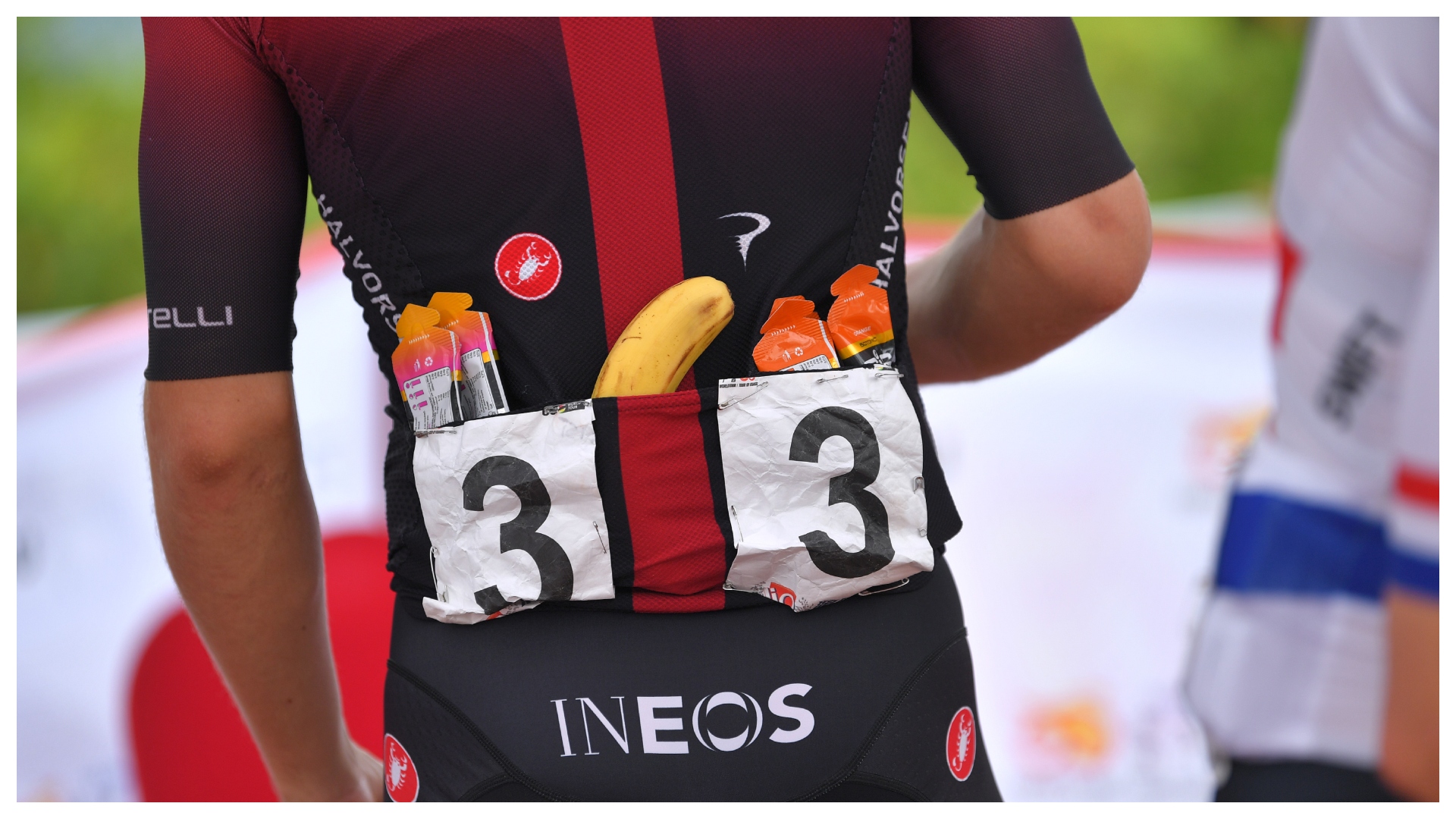
During-ride fueling presents unique challenges for gluten-free cyclists. Traditional energy bars and many commercial products contain gluten or may have cross-contamination risks. Here's how to stay properly fueled on the road:
- Certified gluten-free energy bars: Brands like Bobo's, KIND, and Larabar offer certified gluten-free options
- Rice cakes: Homemade portable rice cakes with sweet or savoury fillings provide easily digestible energy
- Fruit: Bananas and dried fruits like dates offer natural sugars that digest quickly
- Potato-based options: Baby potatoes with salt make excellent mid-ride fuel
- Gluten-free energy gels: Many major brands now offer certified gluten-free options
- Homemade energy balls: Combinations of dates, nuts, and certified gluten-free oats can be customised to your taste and nutritional needs
Remember to test these alternatives during training rides before relying on them for important events. Your digestive system needs time to adapt to new fueling strategies, especially during high-intensity efforts.
Recovery nutrition without gluten

Post-ride recovery nutrition is critical for training adaptations and preparing for your next session. Without traditional wheat-based recovery meals, focus on these alternatives:
- Rice-based meals: Brown rice bowls with protein and vegetables provide carbohydrates for glycogen replenishment alongside recovery protein
- Smoothies: Fruit smoothies with gluten-free protein powder deliver fast-absorbing nutrition
- Gluten-free oats: Certified gluten-free oatmeal with protein powder, fruit, and honey makes an excellent recovery meal
- Corn tortillas: Quick post-ride tacos or quesadillas with protein filling provide fast, tasty refuelling
- Quinoa bowls: This complete-protein grain serves as an excellent base for recovery meals
The ideal ratio of carbohydrates to protein (roughly 3:1 or 4:1) remains the same whether or not you're consuming gluten. The key is ensuring adequate overall intake to support your training load.
Practical tips for gluten-free cyclists
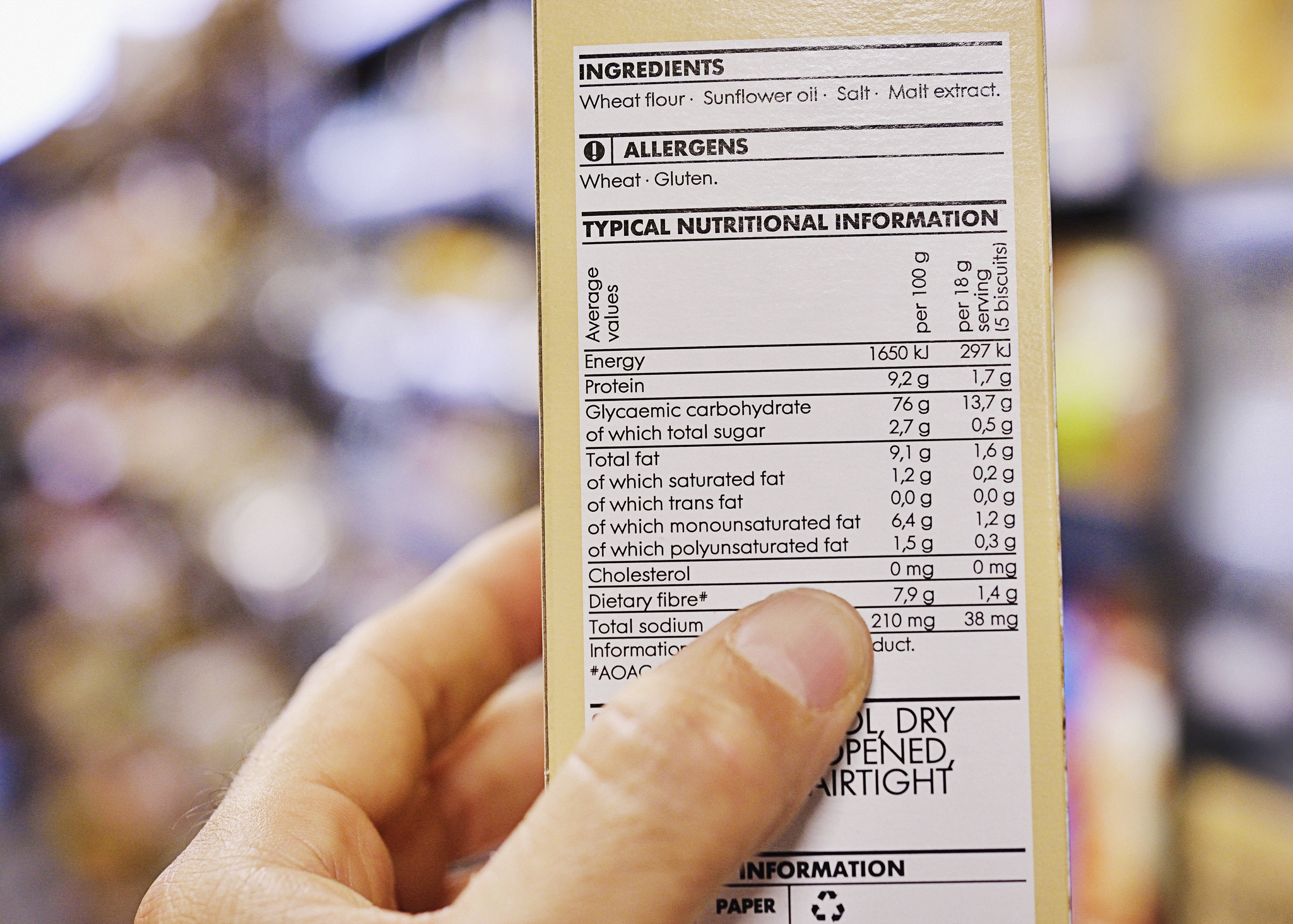
Plan ahead: The gluten-free cyclist's mantra. Always travel with safe snacks and research food options before trips.
Read ALL labels: Manufacturers change ingredients frequently. What was safe last month might contain gluten now.
Communicate clearly: When eating out, explain your needs clearly to restaurant staff, mentioning cross-contamination concerns.
Batch cook staples: Prepare gluten-free grains and snacks in batches to ensure you always have fuel ready.
Focus on nutrient density: Without many fortified wheat products, ensure you get B vitamins, iron, and other nutrients from alternative sources.
The bottom line
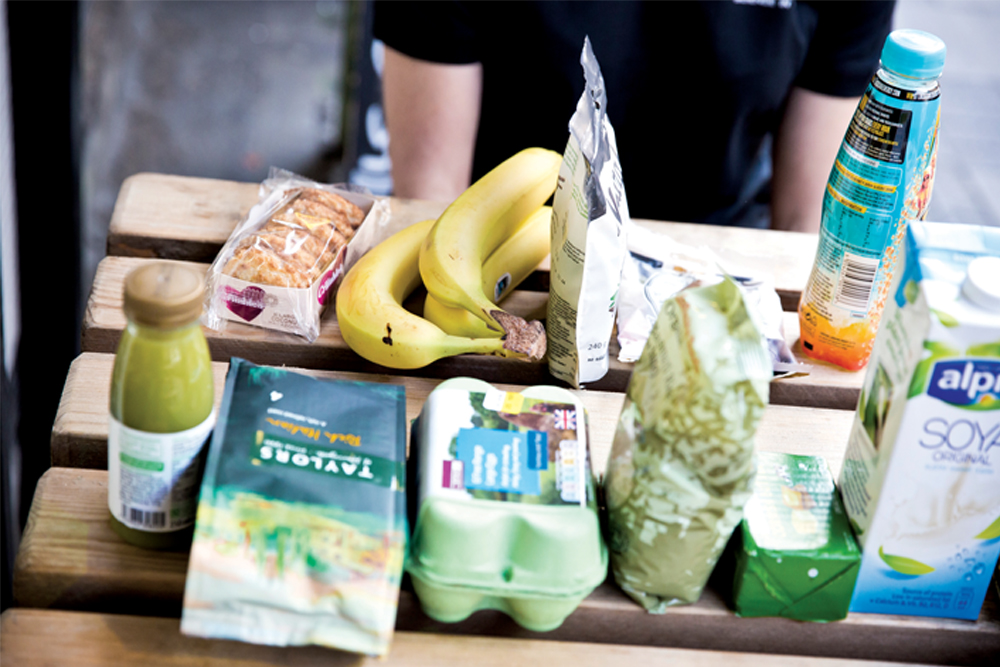
Cycling while avoiding gluten requires more planning and awareness, but it doesn't need to limit your performance or enjoyment of the sport. By focusing on naturally gluten-free whole foods, carefully selected certified products, and proper timing of nutrition, you can fuel effectively for everything from casual rides to competitive events.
The most important takeaway? Experiment during training to discover what works best for your body. Every cyclist is different, and finding your personal optimal fueling strategy takes time and attention, but the performance benefits make it worthwhile.
For many athletes with celiac disease or gluten sensitivity, removing gluten actually improves performance by resolving underlying digestive and inflammatory issues. By embracing the right alternatives and timing, you might find yourself riding stronger than ever on your gluten-free fueling plan.

Liz is a freelance writer whose favorite topics include sports, health, and nutrition. She began riding road bikes five years ago and loves to dabble in local criterium races, although she gets the most joy from bike adventures with her friends and family. With a daughter on the way, she's looking forward to setting an example for how women are capable of any endeavor—and how to have fun along the way! Based in Austin, Texas, she also loves rock climbing, making art, and film photography
You must confirm your public display name before commenting
Please logout and then login again, you will then be prompted to enter your display name.